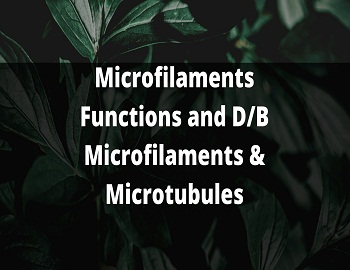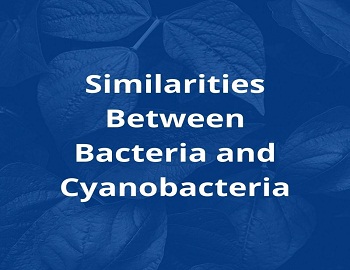Table of Contents
What are Microfilaments?
These are thin, narrow, long cylindrical filaments which occur beneath the plasma membrane in eukaryotic plant and animal cells. They are about 5-10 nm in thickness and show a beaded appearance. They are composed of contractile proteins like actin and myosin and are responsible for forming the contractile machinery of a cell like movement of microvilli, undulation of plasma membrane and formation and retraction of pseudopodia etc.
Functions of Microfilaments:
(1) They are involved in an active part of the cytoskeleton.
(2) They bring about cytoplasmic streaming (cyclosis).
(3) They cause the movement in microvilli and fibroblasts.
(4) They play an active role in the formation and retraction of pseudopodia.
(5) They are also involved in the formation of spindle fibres and cleavage furrows during cytokinesis.
Difference Between Microfilaments and Microtubules:
The following are the points of difference between microfilaments and microtubules.
| Microfilaments | Microtubules |
|---|---|
| They are solid structures made up of proteins-actin and any myosin. | They are hollow tubules made up of a polymer chain of tubulin proteins. |
| They are contractile and form a network in the cell cytoplasm. | They are non-contractile and occur singly or in groups in the cytoplasm of the cell. |
| They do not bear longitudinal subunits. | They bear longitudinal sub-units protofilaments. |
| The diameter of the microfilament is about 6-10 nm. | The diameter of the microtubule is about 25 nm. |
| They actively participate in the contraction and relaxation of muscles. | They actively participate in forming astral rays during cell division. |









Comments (No)